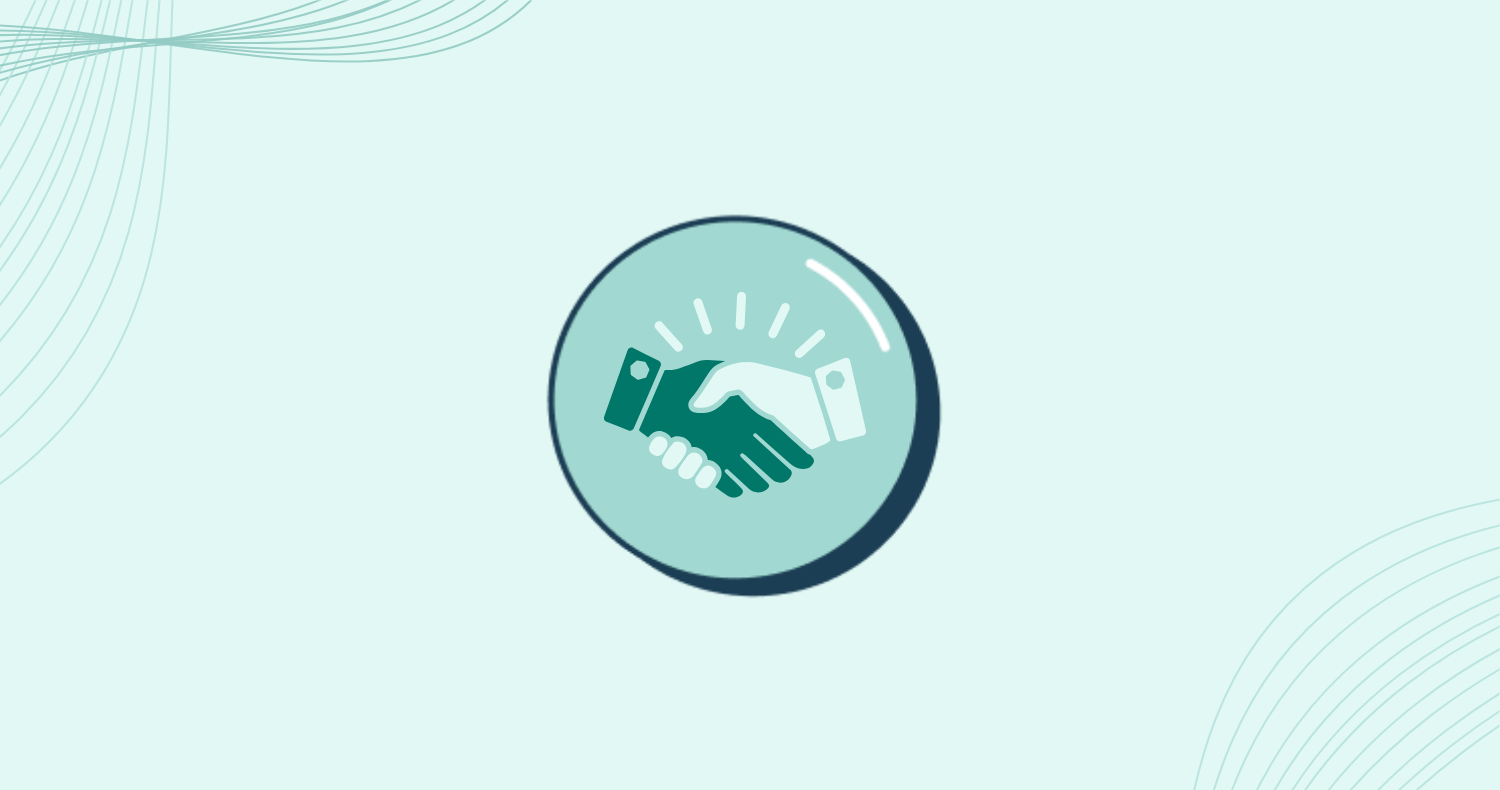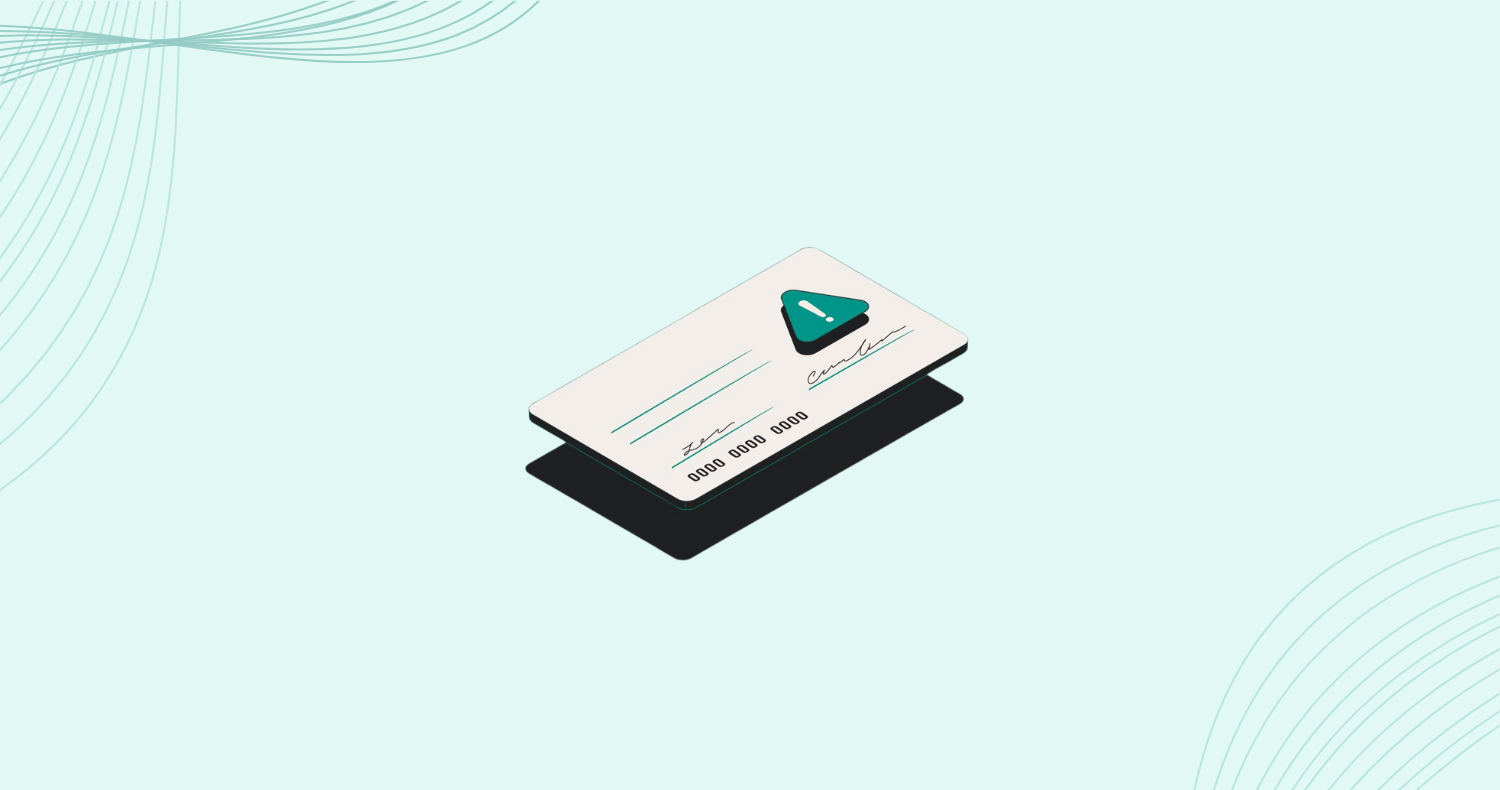How to Transition Your Clients Away from Paper Checks
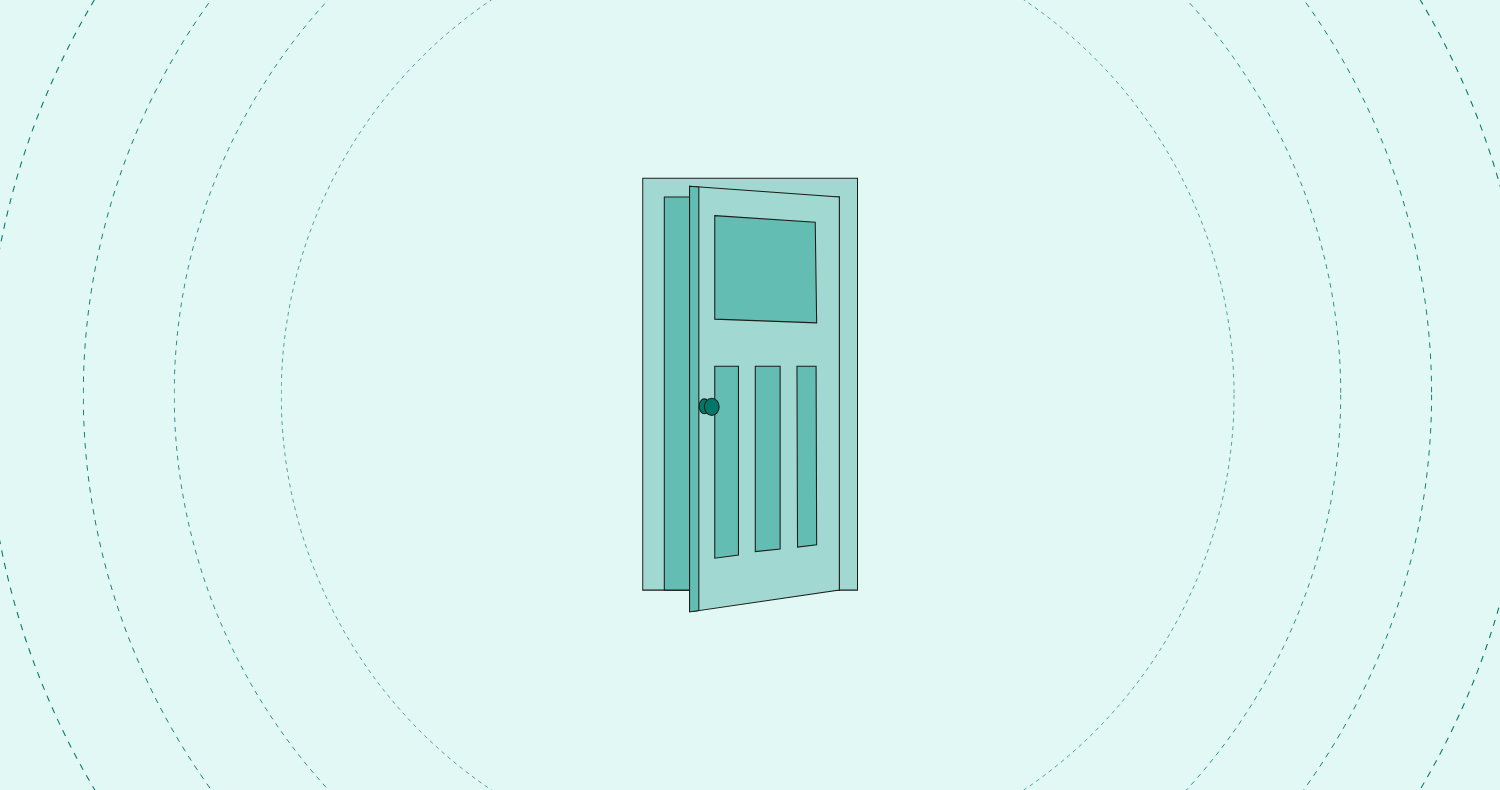
If you’re still receiving a stack of paper checks every month, you’re not alone, but you’re also not operating at the speed modern MSPs require. Checks damage everything: cash flow, reconciliation, forecasting, and in many cases, even client satisfaction. And despite how “harmless” paper checks feel, they remain one of the most fraud-prone, error-prone payment methods in use today.
The good news? The industry is ready to move. According to PYMNTS, 75% of U.S. businesses still implement paper checks despite the cost but at the same time, only 6% of consumers preferred paying by check.
While it may seem daunting, it is important to keep up with what is in the best interest of you and your clients and move away from paper checks. That’s why this article focuses on the full transition: not just “telling clients about the change,” but actually moving them off checks completely, with a strategy that feels easy to execute.
Understand the Scope of the Problem

Paper checks feel familiar, but they’re also one of the biggest sources of risk, friction, and inefficiency in MSP billing. And knowing the extent of the risk that checks pose, you will be able to come at client communication and align your teams with total confidence.
- Fraud risk is rising, not falling: According to the Association for Financial Professionals (AFP), 65% of organizations that experienced payments fraud in 2023-2024 were hit through paper checks, making them the most vulnerable payment method by a wide margin.
- Reliability is worse than ever: The U.S. Postal Service has reported elevated mail-tampering issues, and several federal investigations have highlighted criminal networks targeting checks in transit. A Recorded Future analysis found over 1.9 million stolen checks circulating on dark-web marketplaces in 2024.
- DSO Impact: Even in the best conditions, a paper check introduces days of float: mail time, deposit delays, and bank holds. Many MSPs experience 30–60 days between invoice and funds-cleared.
- Administrative overhead piles up: Manual deposits, chasing late checks, repairing accounting errors, and dealing with fraud escalations all create hidden operational costs that add up month after month.
It’s also helpful to consider that clients who prefer paying by check are clinging to familiar habits, internal processes, comfort, and the illusion of control. Your transition plan must respect those anchors while giving them a better default to step into.
Communication is Key
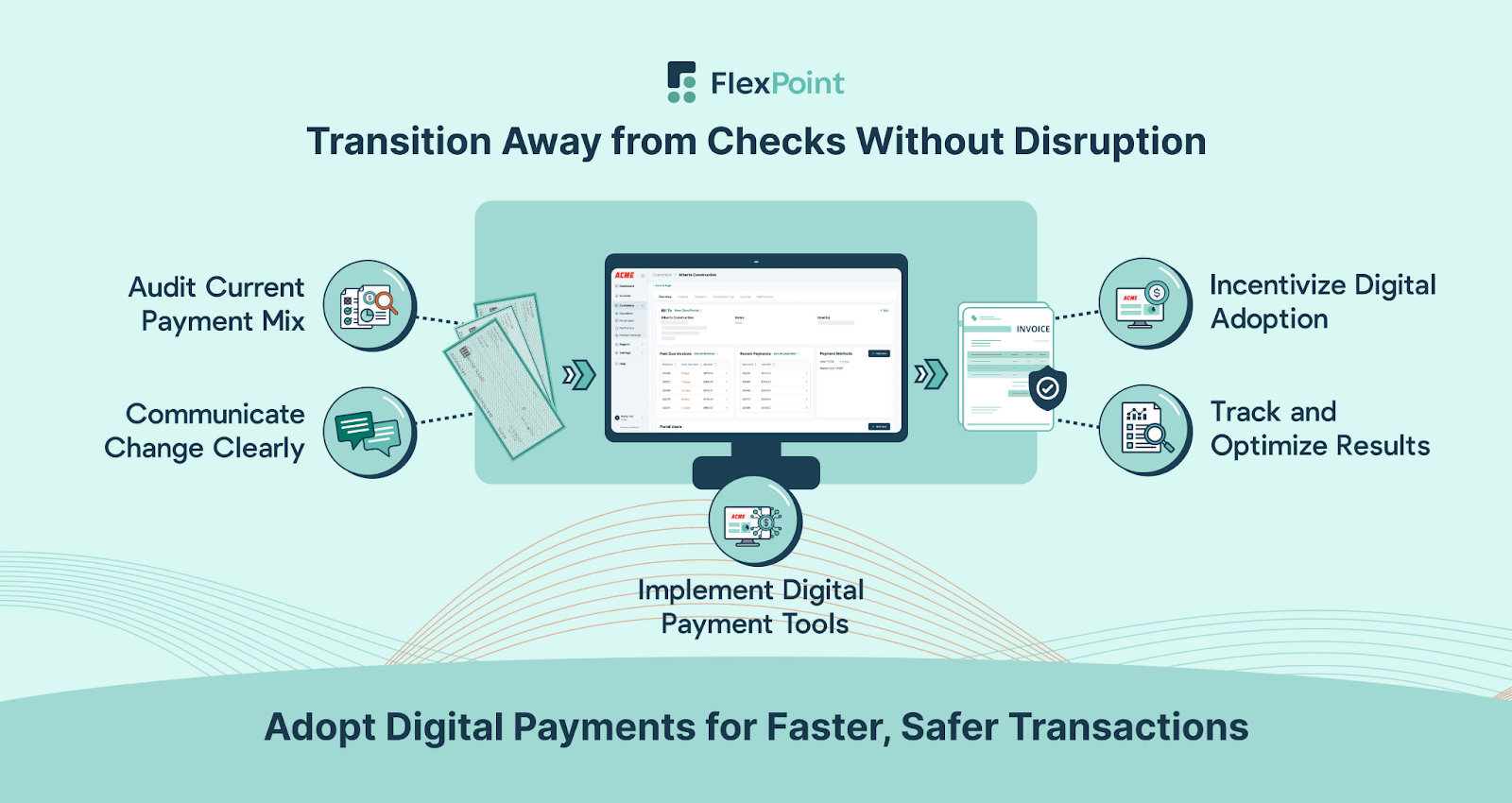
Before you ever invite clients to the table for a systemic change, your team needs clarity. Payment changes touch two sensitive things (money and habit) so any uncertainty inside your team will immediately translate into hesitation from clients.
Your internal alignment needs to cover:
- What’s staying the same
- What’s changing (and why)
- The exact timeline
- Who is in charge of what
- How exceptions or edge cases will be handled
- What happens to clients who refuse or delay
- How partially transitioned clients are managed
- How adoption will be tracked and communicated internally
The goal here isn’t perfection, it’s predictability and repetition. If your staff doesn’t know the information, the why, or the steps, clients will definitely not either.
And this matters more than most MSPs expect. When your team delivers mixed messages, you unintentionally create uncertainty and uncertainty is where clients begin to question motives or resist the transition. They may even begin to question your business, despite how long they may have been clients of yours.
Something you can do to prepare for consistent communication is preparing internal scripts.
Before anything is announced externally, your team should be able to confidently answer softball questions like:
- “Why are you making this change?”
- “Can I still send checks for now?”
- “Will I have to update this every month?”
- “Is this payment platform secure?”
These aren’t complicated, but they are the ones that make or break trust. If one employee tells a client, “I think checks are fine for a while,” and another says, “We’re not accepting checks anymore,” you’ve unnecessarily risked the operation.
Consistency also isn’t cosmetic. It’s what makes the transition feel intentional, controlled, and beneficial instead of rushed or reactive.
How you communicate the transition also determines how clients perceive it. You’re not “forcing a new billing process” or expecting something difficult from them, you’re modernizing how they pay you and ultimately improving their quality of life as your client.
Clients don’t care about the payment technology itself, but what they do care about is the benefit it poses to them. While there’s no need to get into the technical weeds with them, it’s important to demonstrate that their payments will be cleared more quickly, with more transparency on their end, more safely, and more easily.
If you are able to express this, you have already won half the battle.
This framing isn’t just marketing spin, either. As mentioned above, most clients already prefer a digital option. They just need the confidence or the right incentives to switch.
Ultimately, keep your messages short, consistent, and human. Avoid technical deep dives. Communicate repeatedly through multiple channels instead of once, and you will be ready to reap the rewards of faster, secure payments and improved client trust.
If you want deeper strategies for messaging, tone, and pacing, we cover that fully in How to Announce Payment System Changes to Clients Without Losing Trust.
Execution: Support & Close the Loop

Once the announcement is out, the real work begins. This is the phase where communication turns into measurable behavior change. And if you do it well, this is also the phase where your cash flow starts to improve, your AR team breathes easier, and your clients begin to see digital payments as the new normal.
Execution is also where most MSPs get stuck or feel confused, because the transition can be easily left open-ended.
Your job in this phase is to remove as much friction as possible while steadily reinforcing where you want clients to end up.
1. Build the Right Support Layer
Digital payments don't fail because your clients hate technology, they often fail because clients are worried. What if they mess up? What if their payment gets lost somewhere? What if they’re charged when they shouldn’t be? These fears are real, and without the right support, they can stall adoption.
That’s why good support calms nerves. Here’s what to include for robust rollout support:
- A short setup guide (PDF or web page) that walks clients through every step, without overwhelm.
- Screenshots of the actual payment portal, so clients know what they’re signing into and what to expect.
- A brief video walkthrough, even a 2–3 minute clip showing how to make a payment helps more than dense text.
- A clear, dedicated contact point, one specific employee that clients can reach out to when they feel uncertain.
- A simple “What to Expect After You Switch” document explaining things like what happens after setup and where receipts show.
According to technology adoption research, users are far more likely to commit to a new tool when they understand what they’ll face and who will help them. When you design your support the way you build your MSP (with clarity, empathy, and reliability) switching becomes appealing.
2. Don’t be Afraid to Apply Fees
There’s a reason handling fees accelerate adoption so effectively. While overall you’ll want to avoid friction, it can be an effective tool because friction drives behavior. Without a healthy dose of inconvenience, people will delay implementing change.
Studies on payment behavior (including the Federal Reserve’s 2024 Payments Study) show that “cost differentials” (even small ones) are one of the strongest nudges toward digital adoption.
But this is not about punishing clients, it’s about reflecting the reality of using paper checks.
As already mentioned, paper checks come with:
- Increased staff time
- Deposit trips
- Fraud exposure
- Posting delays
- More reconciliation work
A modest handling fee simply aligns cost with effort and it makes the digital option feel obvious. But ultimately, fees must be communicated early, applied consistently, and explained in a professional business-like manner that doesn’t invite emotional recoil.
This gives clients agency while making the economics transparent. If they wish to continue submitting checks for payments (and you offer to accept them with fees), then they know the cost associated. This will protect your relationship and your sanity.
If they eventually sense that the fees are too much then they will naturally come to the conclusion that going with your new payment platform is the simplest choice.
3. Make Digital the Default, Not an Option
A transition is only truly complete when the new process becomes the normal one, not something you have to remind clients of or justify with every billing cycle. The goal isn’t to “offer digital payments.” It’s to make digital the new standard way your MSP operates.
That means your end state should look like:
- New clients onboarded directly into digital payments on day one, with no “optional” detours.
- Checks treated as an explicit exception, not an alternative workflow that quietly creeps back in.
- All templates updated like invoices, onboarding packets, service agreements, renewal docs, and PSA/CRM fields.
- Digital payment setup built into your onboarding checklist, right alongside MFA, backup policies, and ticketing expectations.
- Quarterly internal reviews to catch regressions early (because habits slip if you don’t look for them).
Once digital becomes your default, you won’t want to go back and your clients won’t either. They’ll feel the benefits: faster receipts, less administrative juggling, and clearer visibility into their own billing.
4. Track, Measure, and Report
If you can’t measure progress, you can’t improve it, and nothing drifts faster than a payment rollout without clear visibility. While this step is ultimately for your MSP’s success, tracking the right KPIs improves client onboarding in the future as well.
Tracking is about understanding whether the work you’re doing is actually improving cash flow, reducing AR noise, and making everyone’s lives easier.
A few metrics go a long way here:
- Digital adoption rate (clients or invoices migrated)
- DSO (Days Sales Outstanding) improvements
- Number of manual deposits eliminated
- Hours reclaimed from reconciliation or check handling
- Reduction in payment errors, exceptions, or disputes
These numbers become operational proof. At the same time, if you see issues with any of these numbers, you will also be actively seeing issues that your clients themselves are facing, allowing you to make crucial adjustments for everyone involved.
Confirm your Platform is Ready
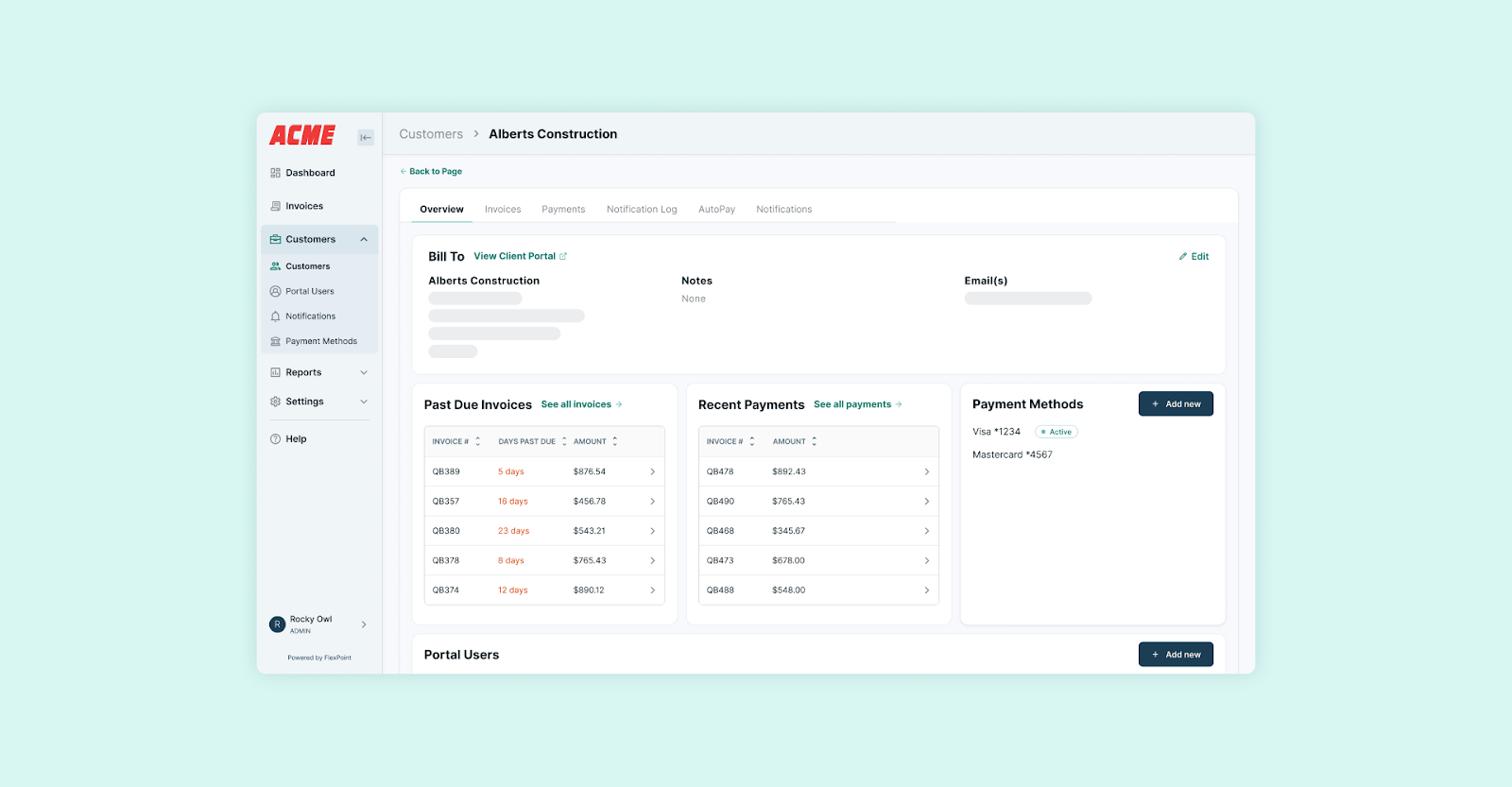
Before you ever tell a client about a payment change, make sure the system you’re about to roll out can actually deliver the experience you’re promising. A smooth transition lives or dies on platform readiness.
Make sure your platform:
- Supports Same-Day ACH so payments clear quickly and predictably. Slow posting times are one of the biggest reasons clients cling to checks.
- Offers a branded, phishing-resistant client experience so clients immediately trust the portal and the invoices they receive.
- Tokenizes and securely stores payment data (instead of leaving your staff responsible for protecting sensitive details).
- Syncs cleanly with your PSA and accounting tools to prevent mismatched invoices, duplicate entries, or reconciliation bottlenecks.
- Provides real-time reporting and automated reconciliation so your finance team isn’t spending hours fixing avoidable errors.
Even if you’re not using FlexPoint, use this short list as a readiness test. A platform that can’t meet these standards will make your rollout harder than it needs to be.
It’s Easy with the Right Help
Successfully moving clients away from paper checks is an operational upgrade that reshapes how your MSP gets paid, how quickly revenue lands, and how confidently your clients interact with you. When you align your team, communicate clearly and repeatedly, support clients through the transition, and reinforce the new standard with consistent execution, you transform something traditionally painful into a trust-building experience.
Executed thoughtfully, your clients will be happier with you after the rollout of a new payment platform than before. Clients will be able to appreciate a billing process that finally matches the speed and professionalism of the service you provide.
Ultimately, the transition away from paper checks reveals the character of your leadership— showing that your MSP modernizes intentionally with the well-being of your clients at the forefront of your decisions.
If you want to accelerate that transformation without reinventing the wheel, the Moving Clients Away from Checks Toolkit gives you every asset you need: announcement templates, client FAQs, call scripts, a 90-day migration plan, and adoption tracking tools. It’s the easiest way to take the strategy in this article and turn it into a rollout your clients will actually follow.
Get the toolkit, save yourself weeks of work, and make paper checks a thing of the past for good.


